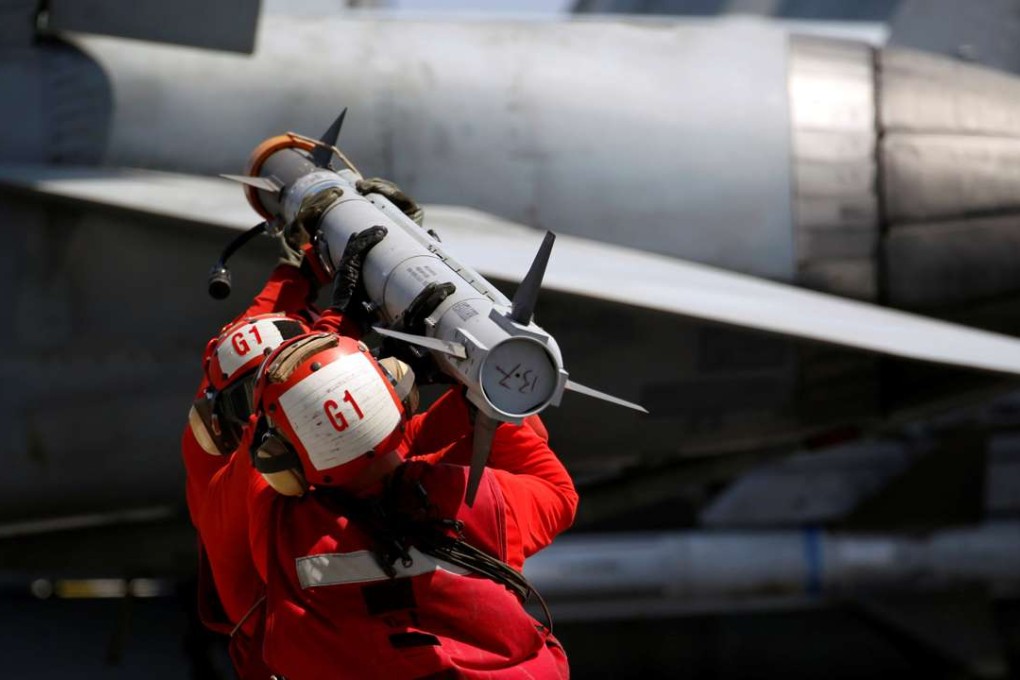China and Asean agree on draft code of conduct for South China Sea, says Beijing’s top envoy
Both sides satisfied with preliminary framework, according to Foreign Minister Wang Yi

A first draft of a Sino-Asean code of conduct for the disputed South China Sea has been completed, Chinese Foreign Minister Wang Yi said on Wednesday.
Talks between Beijing and the Association of Southeast Asian Nations (Asean) were needed to decide on the final version, which was likely to cover a binding crisis management mechanism, prevention of the installation of offensive weapons and freedom of navigation, analysts said. China and Asean have been discussing a set of rules to avoid conflicts among claimants in the busy South China Sea since 2010.
On the sidelines of the National People’s Congress, Wang said the code’s first draft had been completed, and both China and Asean countries were satisfied.
